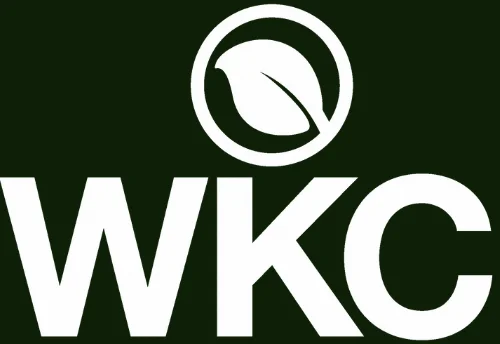Real-Time Air Dispersion Modelling
WKC reach a major milestone in the implementation of a facility-wide REAL-TIME AIR DISPERSION MODELLING system at a major refinery in the Sultanate of Oman;
WKC has successfully combined its air quality consultancy experience with a sophisticated real-time air dispersion modelling software package to provide a powerful tool in the management of impacts to ambient air quality.
WKC has reached a major milestone in the installation of the software at ORPIC’s Sohar facility, having successfully created databases from the real time data feeds and setup of the CALPUFF air dispersion modelling system, and are looking forward to the roll out of the next performance testing phase.
The Facility Emissions Tracking System – Real Time (FETS-RT TM), utilising the US EPA Regulatory air dispersion model CALPUFF, allows operators and regulators alike to pro-actively manage air quality impacts from industrial facilities. This project represents a significant breakthrough in the management of air quality. The system combines real-time feeds of emission data, measured and modelled meteorological data and local ambient air quality data into an easy to use web interface. This allows the operator to determine compliance with and contribution to ambient air quality standards on a real-time and even forecasting basis. It is often difficult to determine compliance in an industrial area by measurement systems alone, since there is no simple way to delineate individual contributors to measured pollutant levels.
The ability to determine facility specific impacts, and to pro-actively manage emissions based on forecasting capabilities are amongst the key features offered by real-time dispersion modelling systems.
As industrial facilities expand, additional emission sources come online further contributing to deterioration of ambient air quality. This type of tool will become ever more useful in the management of such emissions.
WKC has recently presented upon the key benefits of real-time air dispersion modelling for industrial facilities at the successful Petro Environment conference in Saudi Arabia. Much interest has been expressed in real-time modelling systems from both regulators and operators throughout the Middle East and Africa, with an ever increasing number of demonstrations being requested. WKC are happy to discuss potential applications with any interested parties.


